
ASUS Republic of Gamers has dipped its toes in the wireless gaming headset in the past with the ROG Strix Wireless. It was, however, the sole wireless gaming headset that the company owns until this year.
ROG is bolstering their gaming headset division with the ROG Strix Fusion series. With four SKUs currently available, we’re going to take a look at the purely wireless variant the ROG currently offers in their Fusion lineup; the ASUS ROG Strix Fusion Wireless.
ASUS ROG Strix Fusion Wireless
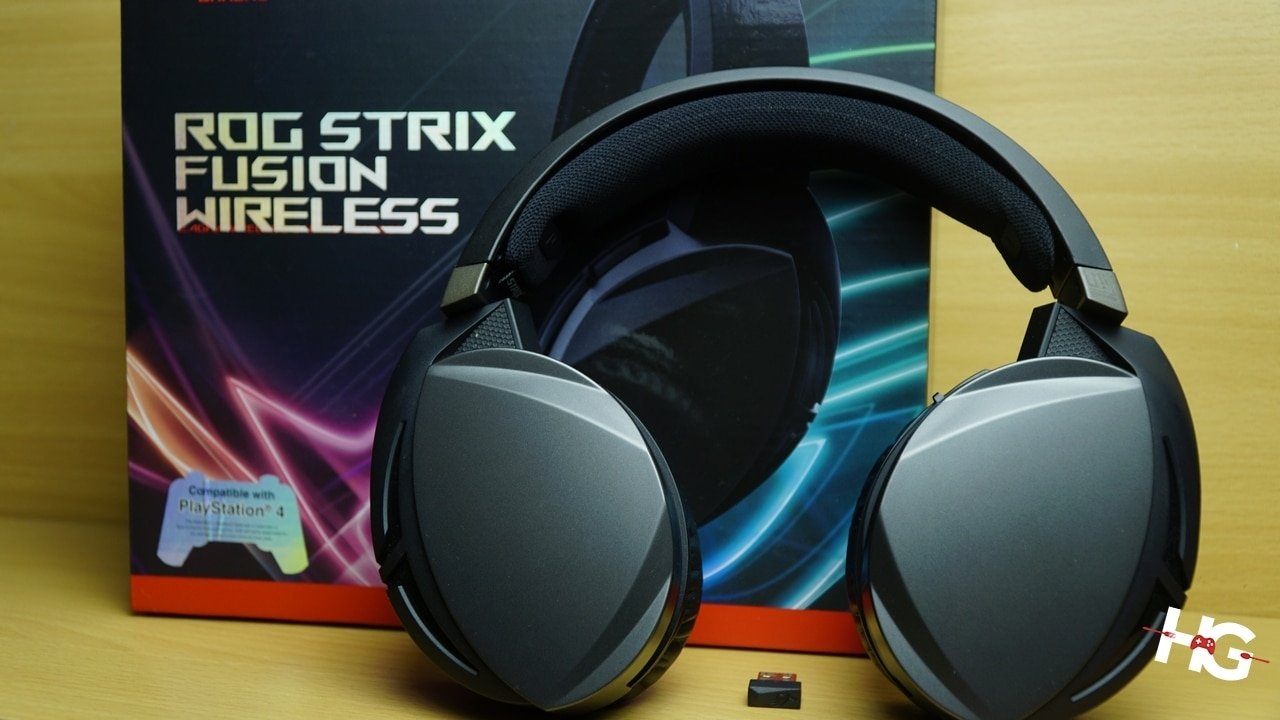
| Drivers | 50mm, Neodymium Magnet |
| Form Factor | Circumaural, Closed Back |
| Frequency Response (Headphones) | 20Hz – 20,000Hz |
| Impedance | 32ohms |
| Connection | Wireless – RF 2.4GHz |
| Microphone | Uni-directional, 50Hz – 10,000Hz, Retractable |
| Microphone Sensitivity | -39 dB ± 3 dB |
| Battery Life | 15 hours, 2 hours charging time |
| Weight | 395g |
| Accessories | Extra ear cups, USB Dongle, 2-meter braided MicroUSB cable |
Unboxing
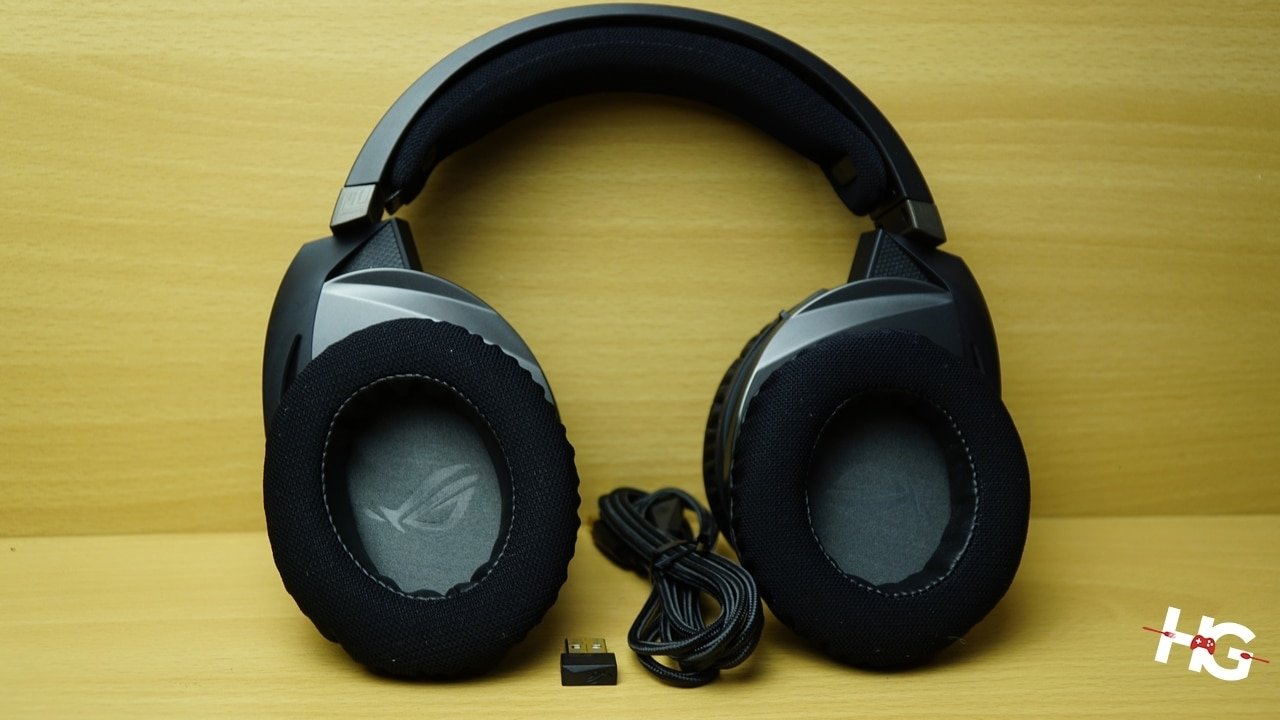
The ASUS ROG Strix Fusion Wireless’ box comes with the customary flare that most ROG products come with. There isn’t much in the way of extras with the ROG Strix Fusion Wireless. Inside the box is the headset itself, a 2-meter braided MicroUSB cable with gold-plated connectors, an extra set of ear cushions, and a dedicated 2.4GHz USB dongle.
Up close with the ASUS ROG Strix Fusion Wireless

The ASUS ROG Strix Fusion Wireless employs a more minimalist design compared to the brand’s previous wireless outing, the ROG Strix Wireless. Gone are the owl-like design of the old guard replaced by a more modern and sleek slab of matte plastic.
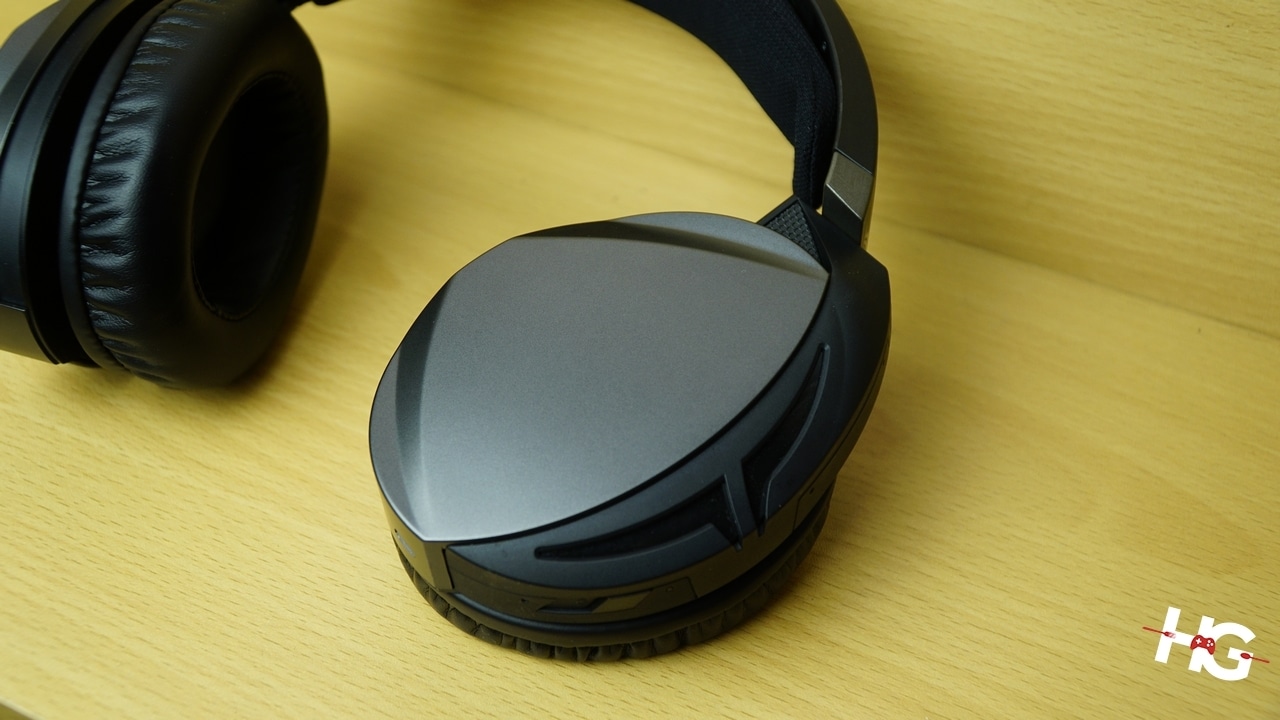
The headset, however, has not completely lost some of its gamery aesthetic yet. Near the rear of the ear cups are a set of plastic accents that is supposed to house the RGB lighting. Unfortunately, the ROG Strix Fusion Wireless does not have RGB lighting; a decision most likely chosen to lengthen the headset’s battery life. Since all the Fusion headsets share the same design, it seems that RGB lighting was only meant for the wired variants of the Fusion line like the Fusion 700, 500, and 300.
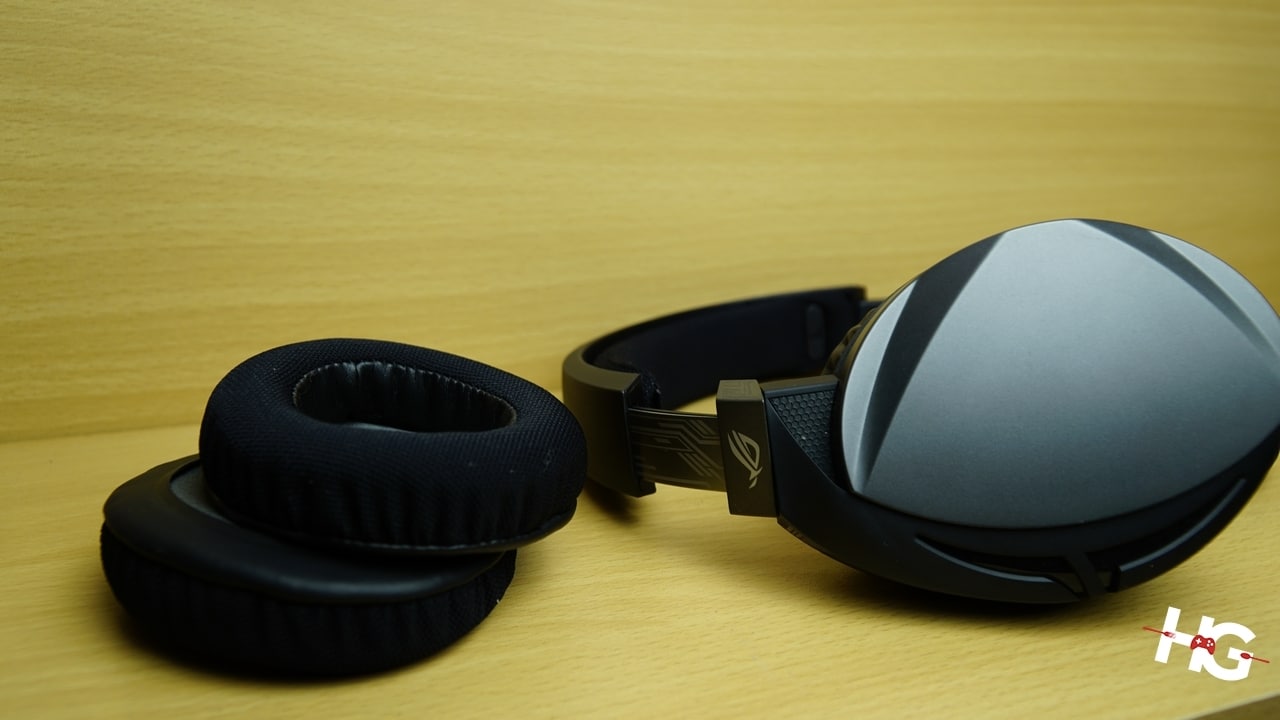
By default, the ASUS ROG Strix Fusion Wireless comes with a pair of leatherette ear pads installed although there’s also a set of mesh cushions that is included with the box. Removing the ear pads exposes the 50mm Neodymium driver that has an impedance of 32ohms and a frequency response of 20Hz – 20,000Hz.
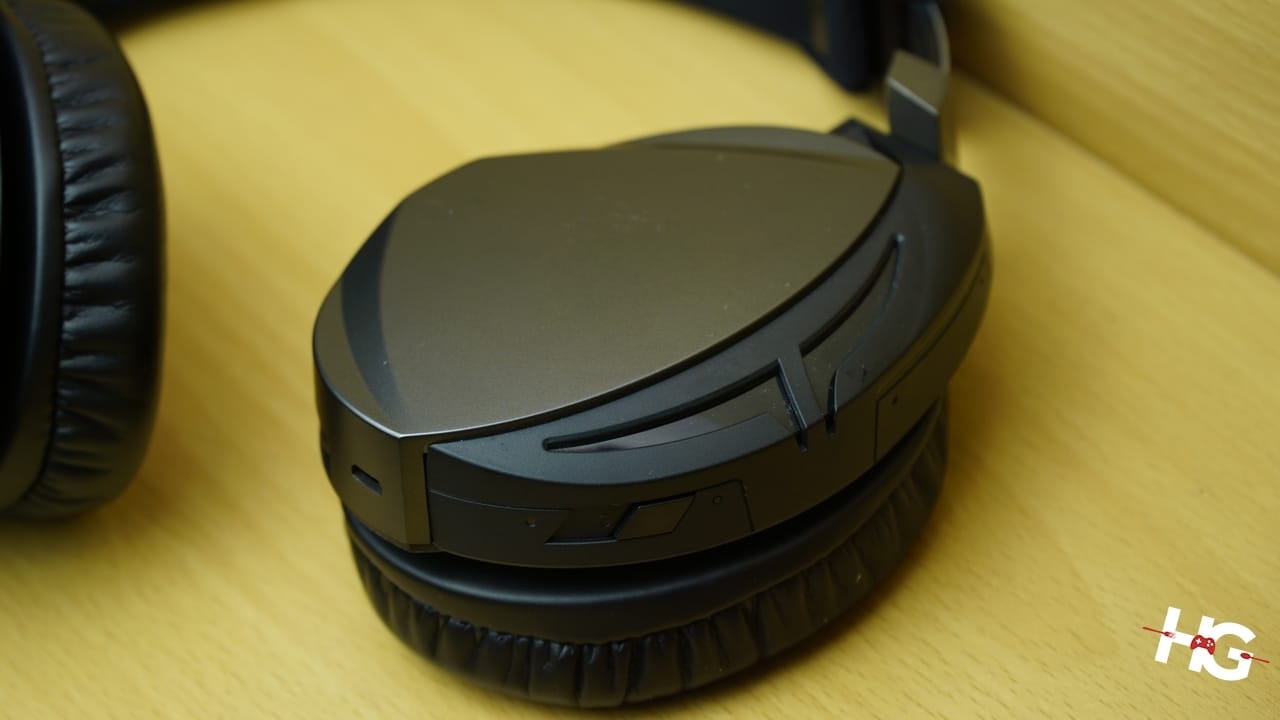
Turning on or off the headset is as easy as pushing a button on the rear of the left ear cup. The device will automatically pair to the PC, Laptop, or PS4 where the included dongle is connected. ASUS says that the ROG Strix Fusion Wireless can reach up to 20 meters without any audio cut off. Meanwhile, charging the headset is done via a MicroUSB slot at the bottom of the left ear cup.

The uni-directional microphone of the ROG Strix Fusion wireless is cleverly hidden on the left ear cup. Pulling down the microphone from its resting place automatically activates it. When returned, there’s an audible click that locks the mic and informs the user that it has been muted. The microphone is also flexible due to its rubber housing that allows users to find a comfortable spot while using the mic.

ASUS has implemented an easy to use touch system on the ROG Fusion Wireless. The face of the left ear cup essentially acts as an onboard control system for the headset. Swiping upwards or downwards adjusts the volume of the audio up or down, respectively. Swiping forwards or backwards will switch tracks while tapping the ear cup will start or pause the media users are currently listening or watching.

The outer shell of the headband on the headset is made of plastic although the internal adjustable band is made out of metal to ensure longevity and durability. ASUS has also managed to throw in their Mayan-inspired design on the metal band as well as their ROG logo. The inner rim of the headband is made out of mesh while the right and left side of the headset are clearly marked by indicators on each side.
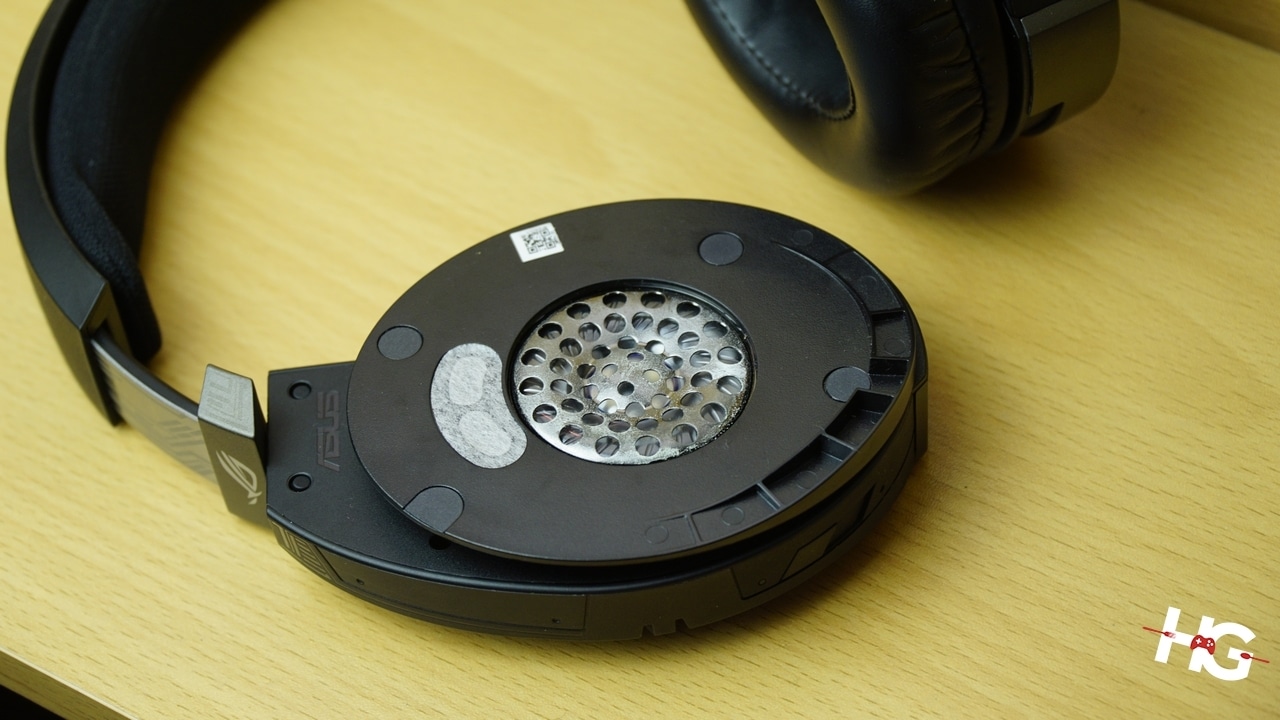
A surprising omission on the ASUS ROG Strix Fusion Wireless is the capability for 7.1 surround sound, which is one of the most common feature found in most gaming headsets in its price range. The headset also does not come with any kind of software to speak of, opting instead to keep it simple by relying solely on its 50mm Neodymium drivers.
Our experience with the ASUS ROG Strix Fusion Wireless

As far as sound quality goes, the ASUS ROG Strix Fusion Wireless is above average compared to other headsets in its reach. As with most gaming headsets, the latest wireless headset from ASUS focuses entirely on treble and bass to highlight footsteps, explosions, and gunfire.
While in-game, the ASUS ROG Strix Fusion Wireless delivers pumping action with deep bass and detailed treble. Shots from FPS games such as Counter Strike: Global Offensive and Overwatch are more apparent and gauging where shots are coming from is easier.
Unlike some Bluetooth headsets, the ASUS ROG Strix Fusion wireless doesn’t not have any audio lag. This is especially helpful while in a middle of a game where the enemy is out of sight but can be heard via their footsteps, which means that locating the enemy will all be on the player and not on the equipment.

Despite lacking 7.1 surround sound, the sound stage of the ASUS ROG Strix Fusion Wireless is still fairly wide compared to other closed-back headsets. Instead of hearing most environmental effects and speech from the center, the headset does a good job of spacing everything to sound like it’s an actual environment although it’s not as spacious as some open-back headphones or 7.1 surround sound headsets.
Music performance is a different story. There’s not much issue in listening to tracks with a focus on treble or bass. The headset, however, does show its faults when listening to genres such as classical and progressive rock/metal. Highs are a bit muddled and audio compression due to its wireless connection comes to the fore as decay from instruments such as cymbals tend to decay much sooner than anticipated.
Weighing in at 395g, the ASUS ROG Strix Fusion Wireless is not the lightest the headset in the market. The headset, however, does a decent job of distributing the weight all though out your head to deliver an overall comfortable experience.

The stock leatherette ear cups do tend to get warm much quicker compared to the pair of extra mesh ear cups. Although the mesh ear cups lets more heat out than the leatherette ear cups, they don’t offer the seal that the latter has.
ASUS claims that the ROG Strix Fusion Wireless’ battery can last up to 15 hours per cycle. In our experience, the headset will only last around 11 hours of usage even if we’re on the lower echelons of the volume spectrum.
We have noticed that there’s no notification when the battery is low. The headset only notifies its user with a long beep that it needs to be charged. After the beep, the headset will turn off on its own. A rather annoying omission in ASUS’ part. With a 2-hour charging time, it’s fortunate that the headset can still be used while being charged.
Conclusion

The ASUS ROG Strix Fusion Wireless has its faults. Its lack of 7.1 surround sound makes it a less desirable pair of cans compared to other headsets in its price range. Sound quality also takes a nosedive especially in the music department because of its lack of clarity in the upper ranges of the audio spectrum.
The headset also doesn’t have any RGB lighting, a very important feature especially on a device that would be worn on a person’s head most of the time.
The ROG Strix Fusion Wireless also doesn’t have any software to back it up. What you see (or hear in this case) is what you get. This might be a negative for some users, however, we look at it as an advantage. Since there’s minimal setup time needed for the headset, there’s more time to play games.
Despite its faults, the ASUS ROG Strix Fusion Wireless has a lot on its name. First off, gaming performance is top notch with the headset able to reproduce the most important audio cues in games such as explosions, gunfire, and footsteps with accuracy.
The headset’s wireless nature frees its user from the tyranny of cables. This makes cable management for peripherals much easier since its one cable less to worry about. Since the headset also uses a dedicated USB dongle, there’s no audio delay in games unlike most Bluetooth headsets in the market.

At around USD 200 or PhP 9,800 in the Philippines, the asking price for the ASUS ROG Strix Fusion Wireless might be a bit high. There are cheaper (and arguably much more feature-filled) options in the market, however, the ROG Strix Fusion hits the most important mark: gaming audio. With no perceivable delay from the source as well as its top-notch reproduction of audio in-games, we’re giving the ASUS ROG Strix Fusion Wireless our 100% Satisfying Gaming Headset award.
